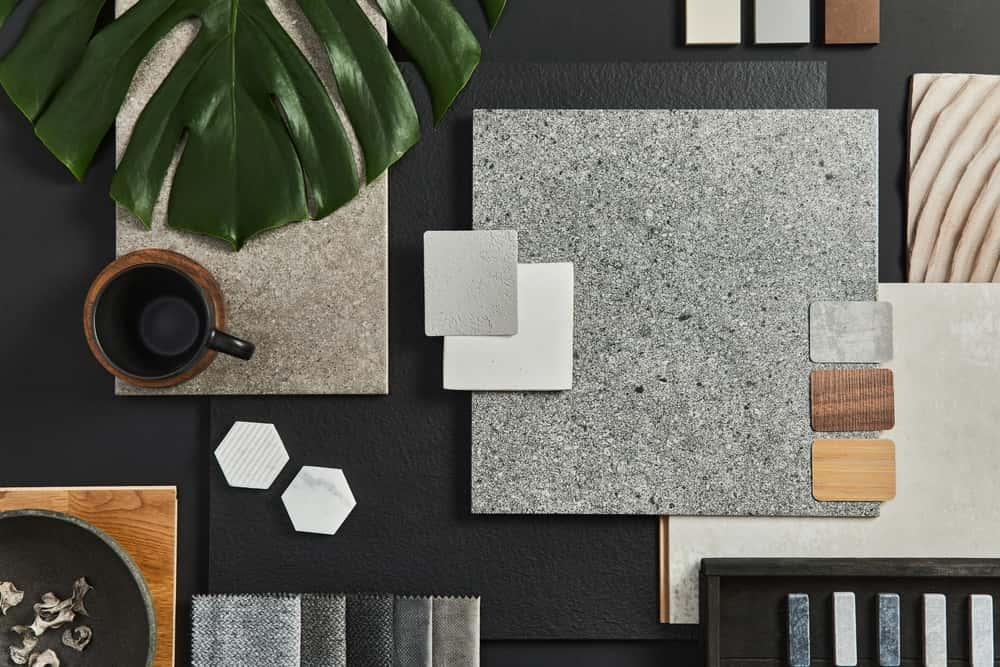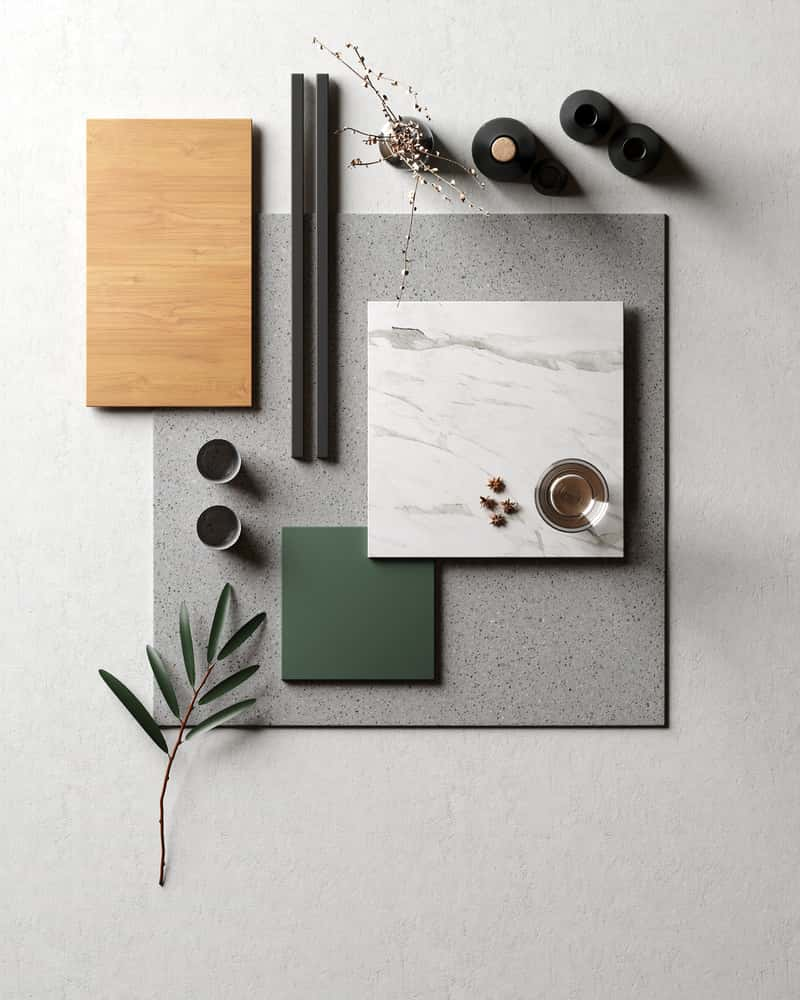Our houses can be a genuine expression of who we are, but it might be difficult to imagine a house that genuinely reflects your personality. When designing your house, creating a mood board is similar to creating a vision board for your job or life objectives. It’s hard to get started on a decorating job if you don’t know where to begin. When it comes to the home Interiors, a mood board is great to get started.
What are Mood Boards?
A mood board is an excellent tool to get an overall sense of how the room or project area will feel. When it comes to brainstorming, a designer’s first stop is this collage. Concepts discussed with clients and designers are included in this collection (or anyone wanting to design their own space). Before commencing design work, it aims to define a clear direction for the project. For a design project, home decoration with a mood board serves as a visual representation of concepts.
 Why Use Mood Boards?
Why Use Mood Boards?
Your ideas may be placed together on a mood board, where you can take a step back and assess how well they fit together. Here are some reasons mood boarding is critical to home Interiors.
1. Step-by-step décor
Create a mood board that illustrates your first concept and solicit feedback from the client. Many designers are tempted to strive for perfection in their work. On the other hand, pursuing perfection is a waste of time and energy if you’re developing as many ideas as possible. Mood boards allow you to generate ideas quickly without worrying about putting them into action.
2. Customer relationships
A person’s design taste can be very subjective. As a designer, it is your responsibility to ensure that your vision for a client’s home is consistent with theirs.
3. Club ideas
Assume the customer cannot provide you with evidence other than their words. You’ll most likely struggle to imagine what they’re thinking. Drawing an image in your mind is not always an option because it can be challenging to remember. All you need to do to see your goals, and create a mood board that combines your ideas with your customers. The client’s quick response will allow you to fine-tune the concept while still in its early stages.
4. Turn ideas into reality
You should never confine yourself to a single subject as a true artist. Is it sufficient for you to design something safe that you know the customer will appreciate? Using mood boards, you can quickly collect a few variations on the original concept and demonstrate your range of creativity. Something edgy with your distinct stamp would go a long way to liven things up.
How to Decorate Your Home Using a Mood Board?
An interior designer’s mood board consists of images and sample designs. For those on a low budget or who prefer to undertake jobs independently, the internet has made this accessible.
Consider the following tips for decorating your living space using a mood board.
1. Plan the space’s function ahead of time.
Whether you have a large family or not, do you need a large corner sofa? Is reading your favourite pastime, and would you rather curl up with an excellent book on a cosy couch? For those who like playing video games, a large television is a need. You should think about how you’ll use the area before drawing out a floor plan.
2. Be aware of what you like.
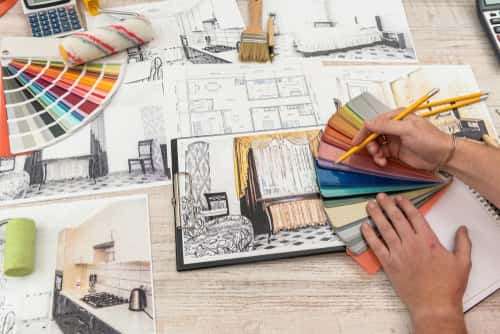
Perhaps these are the hues that bring you pleasure and energy—the ones that make you feel alive and vivid. Start by collecting paint and wallpaper samples and photos of furniture you like, and pin them to your wall to create your mood board. Begin by making a physical board or doing it all online to know what you want before spending money.
3. Sample your way to the top.
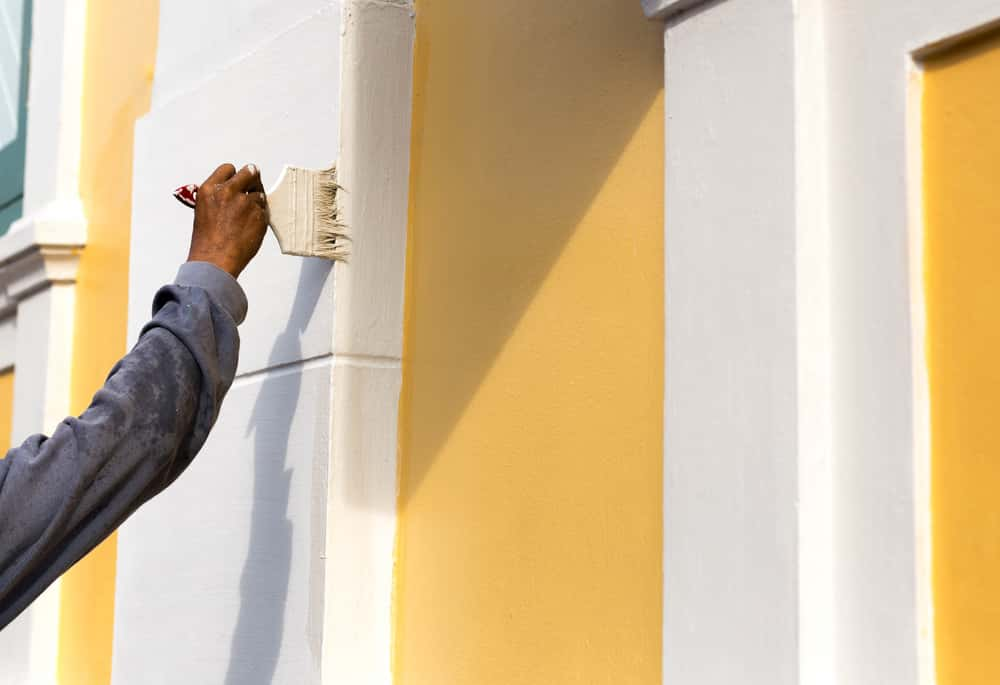
Buying paint sample pots is a good idea after you’ve settled on your colour choices. Provide ready-painted samples with resealable backs so that you may view how they look on different walls before making a final decision.
4. Identify your ideal match.
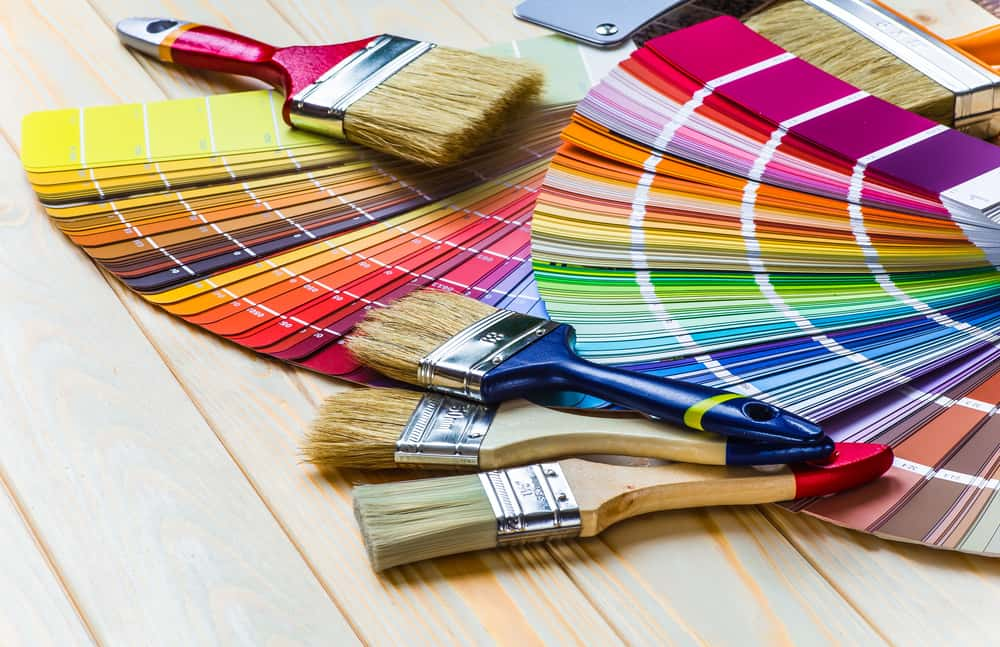
Wallpaper and paint don’t often mix well in the same space, but matching colour to one of your wallpaper’s tones can complement the look. Use a fantastic colour-matching tool and let it do the work for you if you’re unsure about colours.
5. Lighting is crucial.
When it comes to lighting, never underestimate its importance. You will probably need to employ three basic types of lighting – ambient, task, and accent – in your living room. A kind of ambient light is chandeliers and pendants. They are typically used as the primary light source. A task light may be a floor lamp next to your sofa or a ceiling light above your workstation. Likewise, decorative lighting, such as table lamps and wall sconces, is utilised to create an atmosphere.
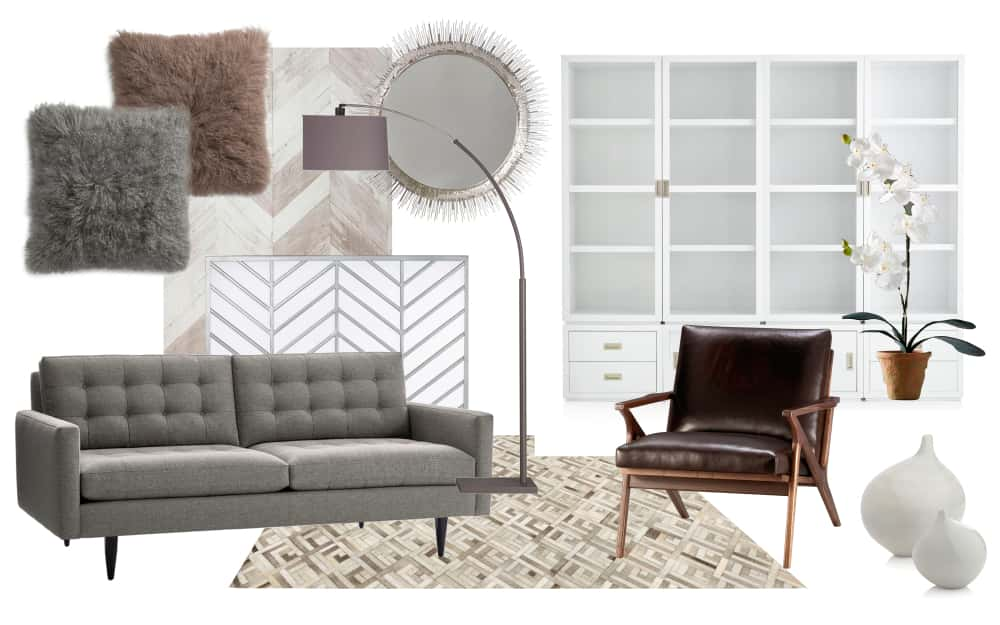
Use mood boards to understand how a design will appear. These boards might be digital or physical to get you started. Utilising a physical mood board provides a more interactive and rapid feedback experience. Explore mood boards at HomeLane.

